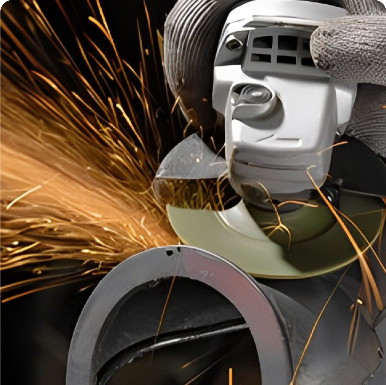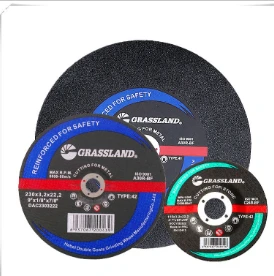

Beyond these factors, wheel structure, defined by the spacing of the abrasive grains, impacts the wheel’s cutting performance. An open structure will allow cooler grinding, suitable for softer materials, whereas a structure packed denser is typically used for harder materials and precision applications. In practical application, using a bench grinder wheel can sharpen cutting tools and bits, a testament to the experience woven into everyday operations. Angle grinders equipped with the right wheel tackle diverse jobs, from cutting tiles to polishing surfaces, underscoring the importance of trustworthiness in selling the right product for the job. Investing in the correct grinder wheel elevates the quality of work and extends the life of tools, underscoring the importance of understanding the intricacies of each wheel type. As industries continue to evolve, informed selections of grinder wheel types not only stand as a testament to professional competence but also contribute to sustainable and efficient practices. By aligning the grinder wheel’s properties with your project’s needs, you optimize your tooling investment, embodying the pinnacle of reliability and expert application. Whether wielding these for industrial use or precision tasks, choosing the right wheel cultivates an environment of trust and performance, attributes crucial for any craftsman or industrial professional.
Post time:Jan - 10 - 2025

















